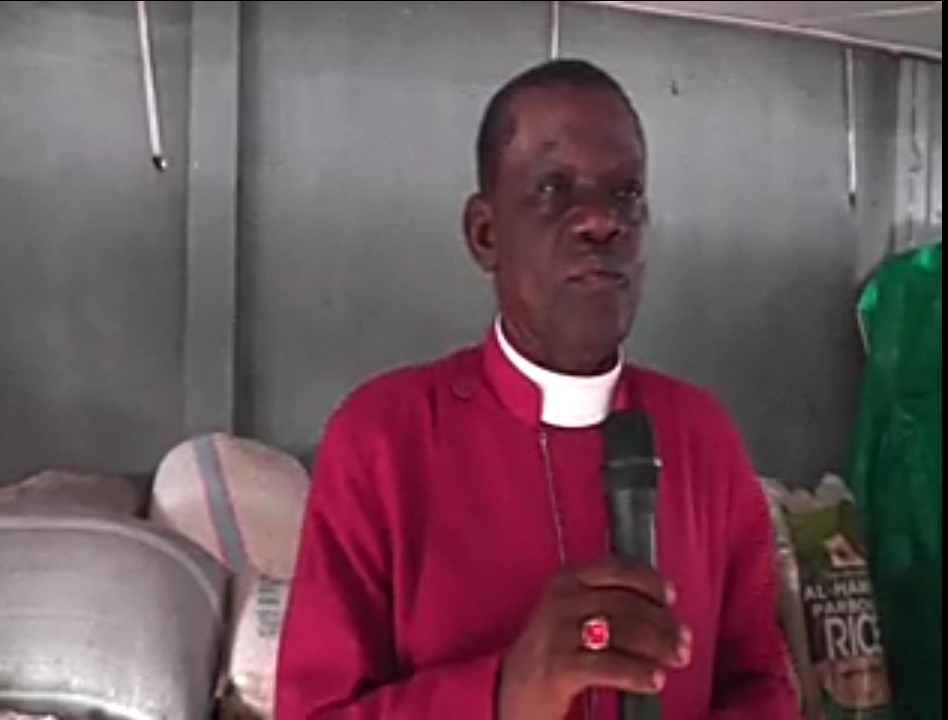Thoughts on unlocking superior value in Agriculture in the context of the changing global landscape occasioned by the COVID-19 pandemic.
In 2017, I had led a team that designed a product which focused on plugging the identified access to finance gaps that we believed constrained smallholder farmers. We focused on the smallholder farmers because according to our extensive literature review smallholder farmers are the catalysts to the explosion of value in the Agricultural sector.
This is because of a couple of reasons:
One is that there are quite a number of them in Nigeria. Consisting of about 80% of the population estimated at about 184 million by the World Bank. Smallholder farming seemed to be the instinctive response to unemployment problems in Nigeria. Recall here that Nigeria considers anyone with less than 5 hectares of land as a smallholder farmer.
The second reason is that their demography constitutes the biggest ‘access to finance’ challenge in Nigeria. About 46% of the Nigerian population remains financially excluded. The greater percentage of the financially excluded Nigerians live in the rural areas which coincidentally has the greater percentage of the arable lands in the country. Rural dwellers are also more likely to undertake subsistence agriculture and smallholder farming than urban settlers who do mostly ‘white collar’ or ‘blue collar’ jobs.
The product was built to facilitate an end-to-end digitalization of the entire agricultural value chain. However when we shipped on a pilot basis to cultivate rice on 12 hectares of land held by about 36 smallholder farmers during the dry season using irrigation farming, our team quickly learnt that we had deployed a great product that solved our own problems of tracking the funds, ensuring proper, timely repayment of micro credits but did not provide any form of reprieve to the smallholder farmers.
We had solved only a part of the problem whereas what the farmers needed but did not demand was a comprehensive digital finance product that will be tailored to their unique needs, that will be malleable to their demography and involve all the financial products or services they need to farm with peace of mind.
I admit here easily that we did not exactly succeed on the project. The farmers’ inconveniences remained and was explicitly expressed. There remained a gap between expectation and delivery. However, harvest was reaped and, on that note alone we could say the goal of farming was relatively achieved.
Yet our team did not fail to take the lessons. What was clear from our last attempt was that no organization has that digital finance product that the smallholder farmers need. Whichever organization that becomes interested in that ecosystem must have to spend money and build that product, test it and take all the risks in-between as it grasps for return on investment.
I believe that the time for that investment and that leap of faith is now. Nigeria’s sweet crude oil prices in the global market is plummeting. As a country, we are finding it difficult to convince buyers to buy at $10 per barrel. What this implies is that there will be a major reliance on our instinctive backup option when all has failed, Agriculture, which thus far has accounted for about 21% of our GDP. The worry remains that for digital financial professionals, most of us share the fear that without the appropriate digital financial framework underpinning the entire efforts, smallholder farmers will find it difficult to get the financial access they need to scale their ventures and add real value to the economy. It is the lack of financial access that makes most farmers to under-produce.
Furthermore, the COVID-19 pandemic and the attendant lockdown has shown that Digital Financial services has the potential to drive growth in the agricultural sector because its delivery using financial services agents mostly complies with the physical distancing requirements which is a chief factor in the lockdown requirements.
Within the lockdown, transactions volume and value grew at agent locations making most banks to immediately start considering investments into acquiring agent networks as critical in the post-COVID-19 world. This gives a glimpse to the potential of a vigorous integration between digital finance and agriculture.
The above does not assume that ensuring that farmers get access to the financial products and services they need is easy. It requires cross-sectoral partnerships across multiple industry verticals. I do think that there needs to be a more robust integration across different financial services whether it is in credit, savings, investments, and insurance. This proposed integration will involve Agricultural Technology companies and farmers cooperative so as to ensure that there is a free flow of information about product and stakeholder requirements as the proposed products is being developed.
The era of shipping products conceptualized and designed in boardrooms has not proven very fruitful for agricultural development, thus, going into the future, all stakeholders should be engaged and their participation elicited if we are to build a better product in the future.
I believe that the winning product that will help farmer’s productivity and deepen access to finance will have these four characteristics.
1. Distinct and Relatable Value Proposition: I shared in my submission in a webinar organized by AgroHaven, an Agric Tech company, that one of the reason insurance is a hard sell to farmers is that the value is not distinct and relatable. Beyond boilerplate sales pitches, does the farmer know how the insurance works and how it is a good backup to his ultimate faith in God? Does the farmer understand in practical terms how the insurance helps his activities?
2. Unbundled, Unique Products: As against sharing or selling generic insurance products, I think insurance should focus on selling simple, unbundled products that people care about. For instance, focus should be on selling insurance against flood, so that people in flood prone areas can relate to it. We can insure the farm against adverse weather conditions like drought or even insure against certain pest attacks. Credit should be tailored to suit a farmer’s need, tenures can be slated by planting seasons and should take a value-chain approach, ensuring that end-to-end of a farmer’s planting expenses, including the insurance is calculated within the loan.
3. Delivered Digitally: In light of the fact that most smallholder farmers are financially excluded, digital finance remains the best way to facilitate their adoption of the products. Thus, farmers should be encouraged, maybe as part of the entire financial package, to acquire mobile phones that will enable them access financial services digitally.
4. Layered on top an Agent Network: Smallholder farmers are usually in rural villages that have high financial exclusion rates. What this means is that the product must be brought relatively close to the farmers so that they can easily access them. It does not make any sense if they must travel miles just to access the services. So, Agent Network is critical.
To successfully develop the kind digital finance platform that will drive growth in the agricultural sector, all stakeholders must start talking with one another. Agricultural Insurance Companies, Commercial Banks, Microfinance Banks, Agricultural Development Banks, FinTech Companies, Agricultural Companies (Tech and Non-Tech), Farmer’s Cooperatives, Aggregators and Off-takers need to share ideas. The opportunities are massive and right now within the COVID-19 world and plummeting oil prices, there is much to gain and all to lose.








